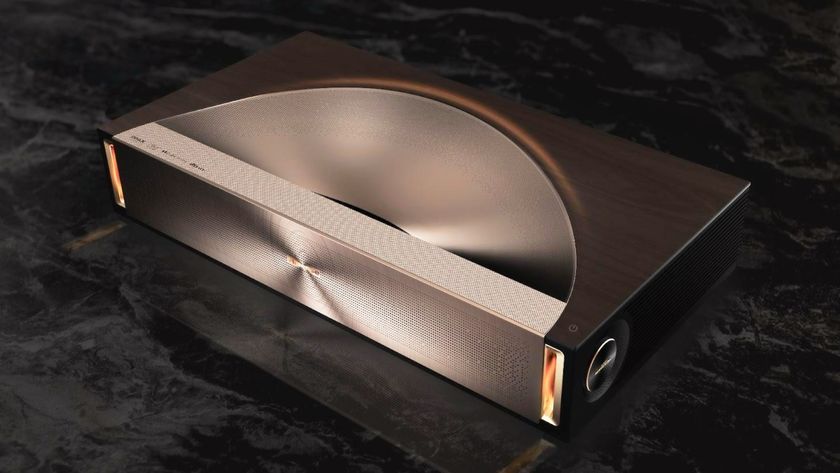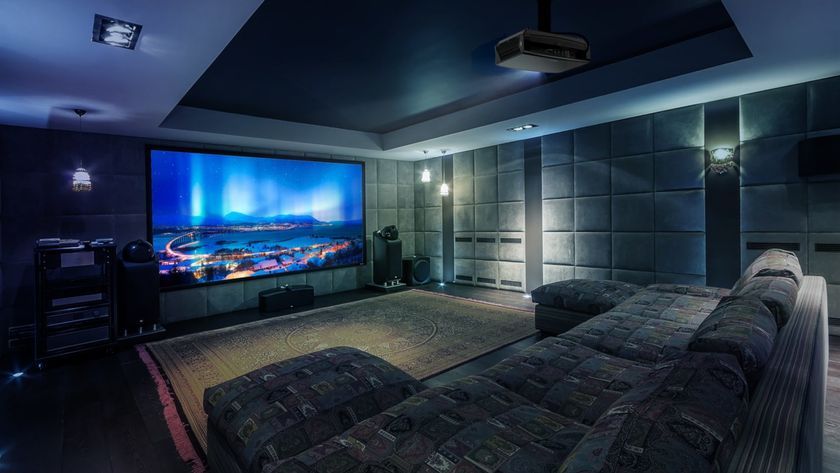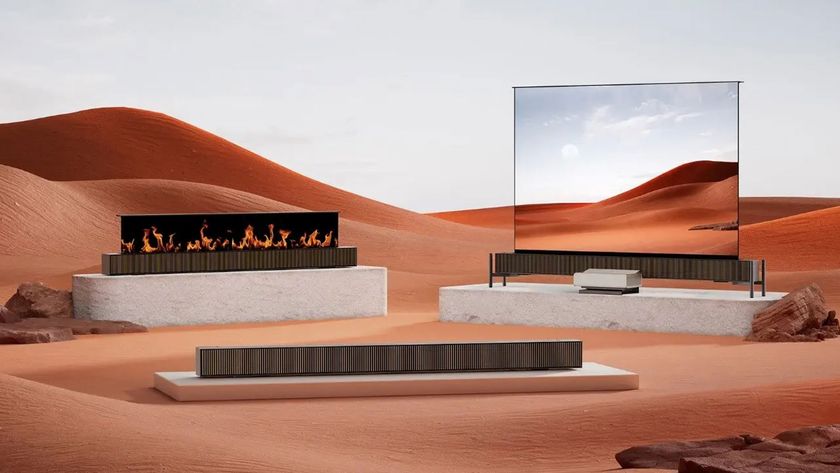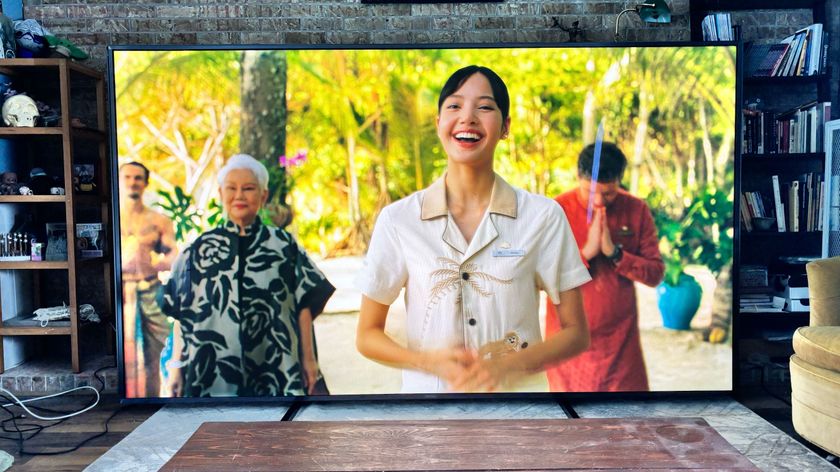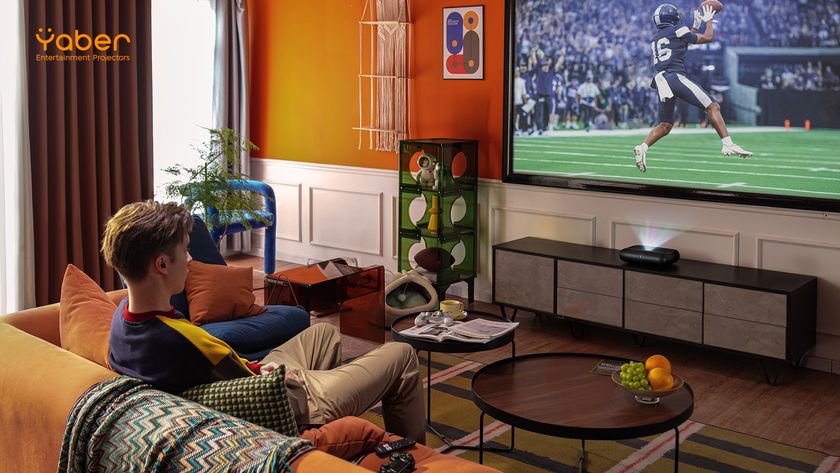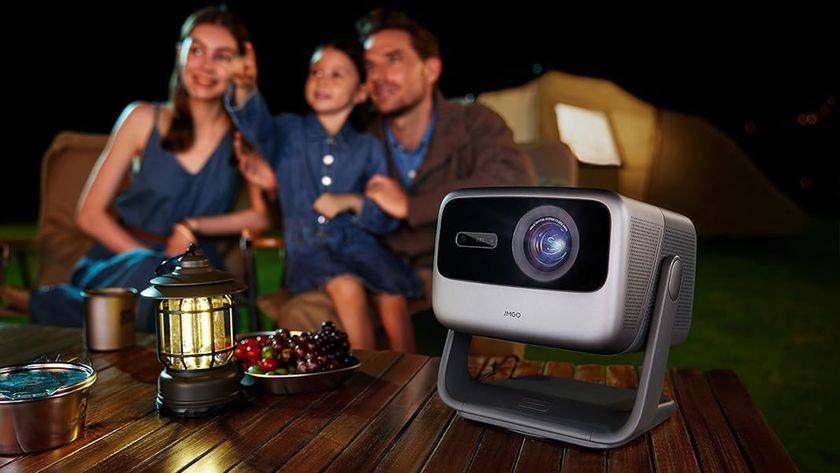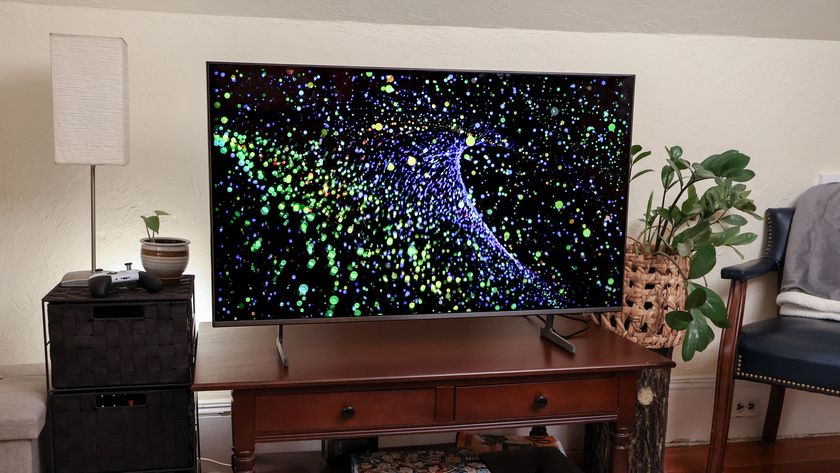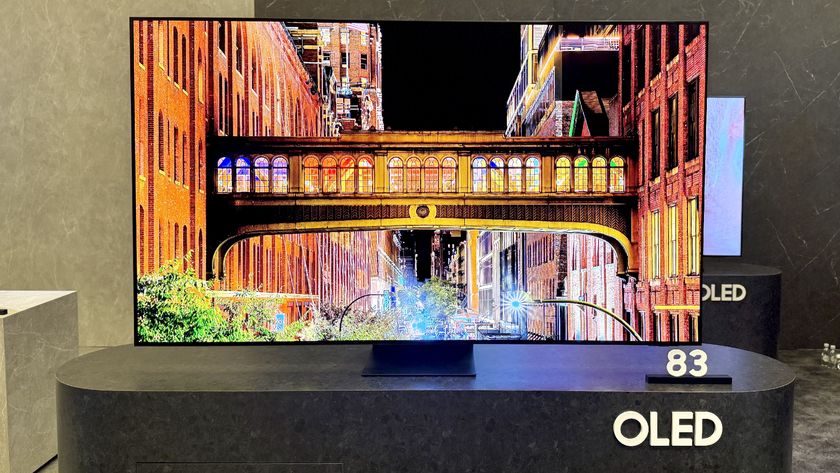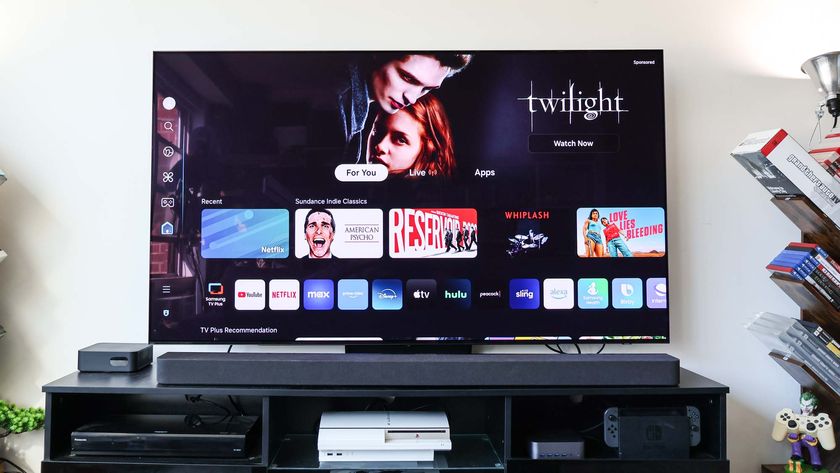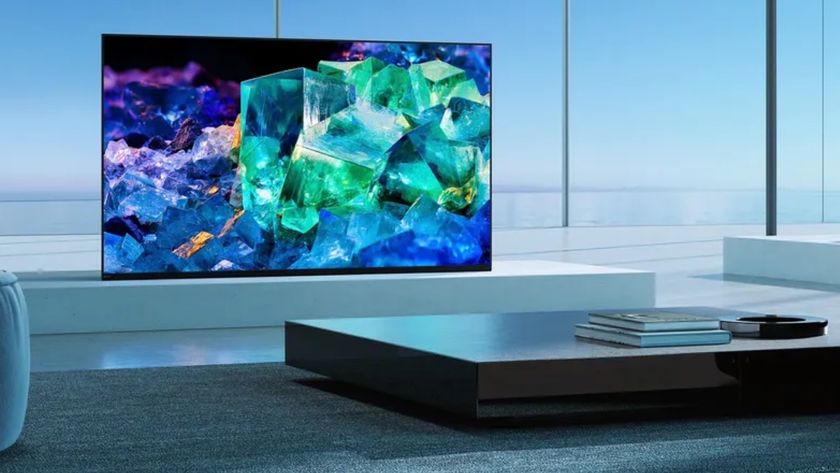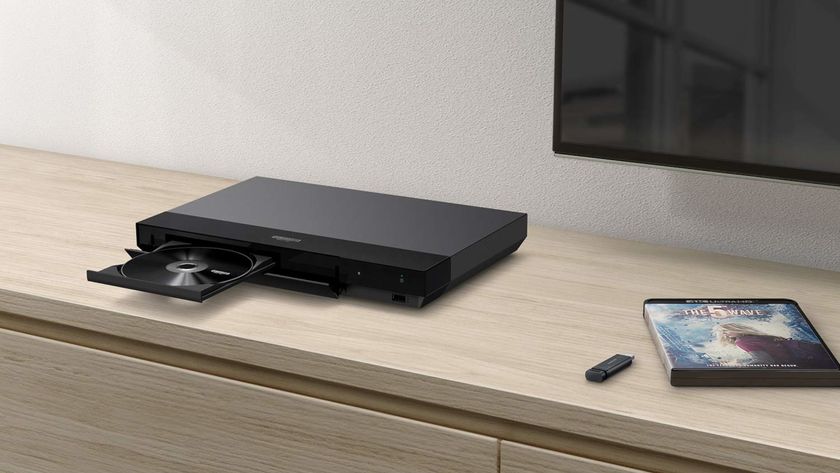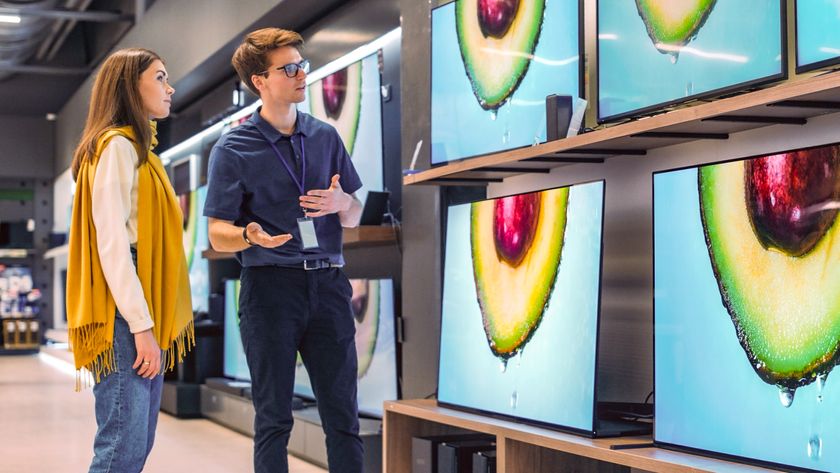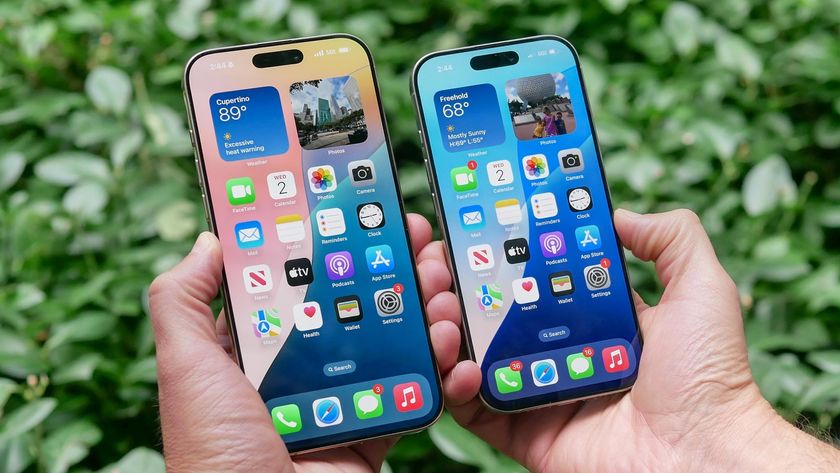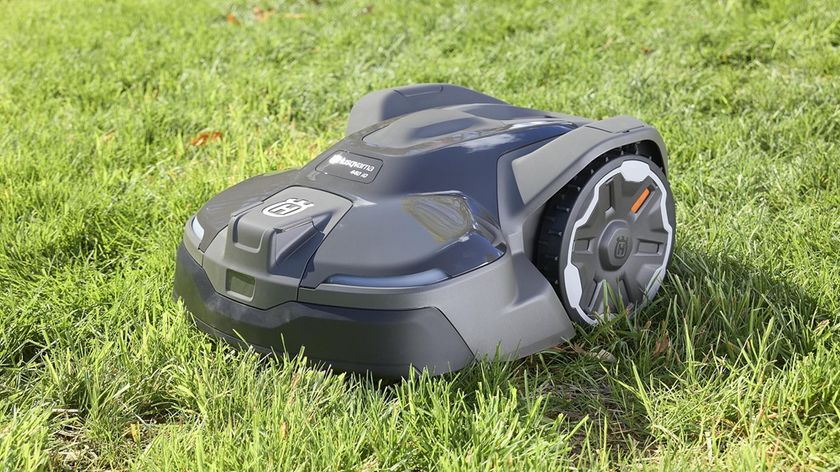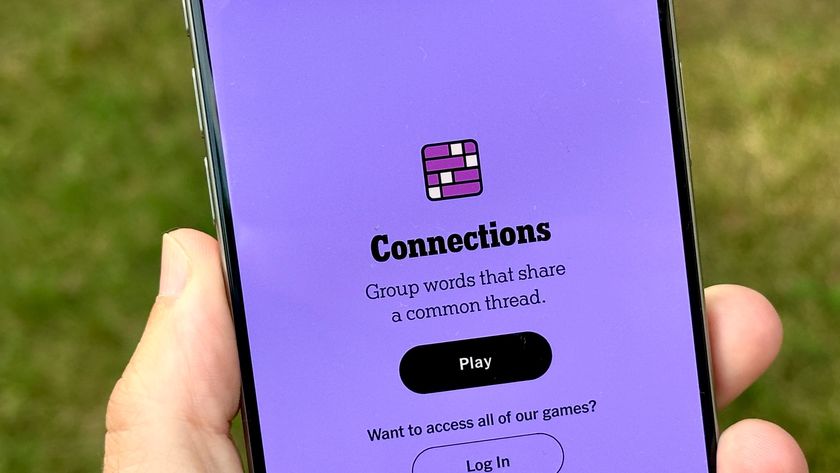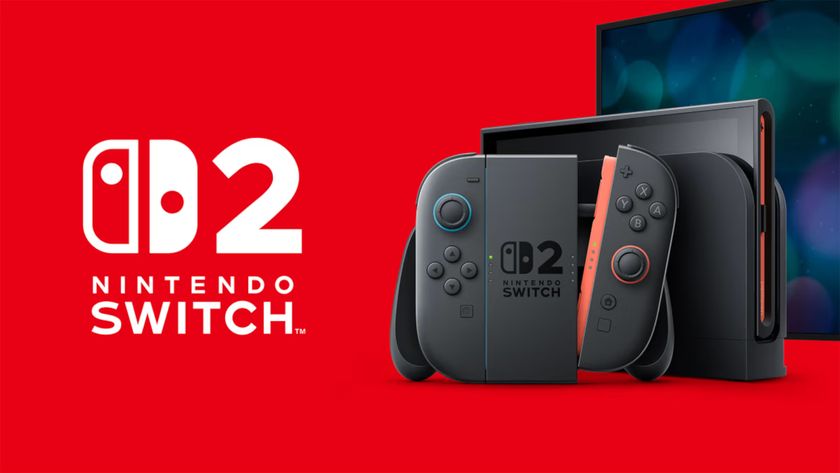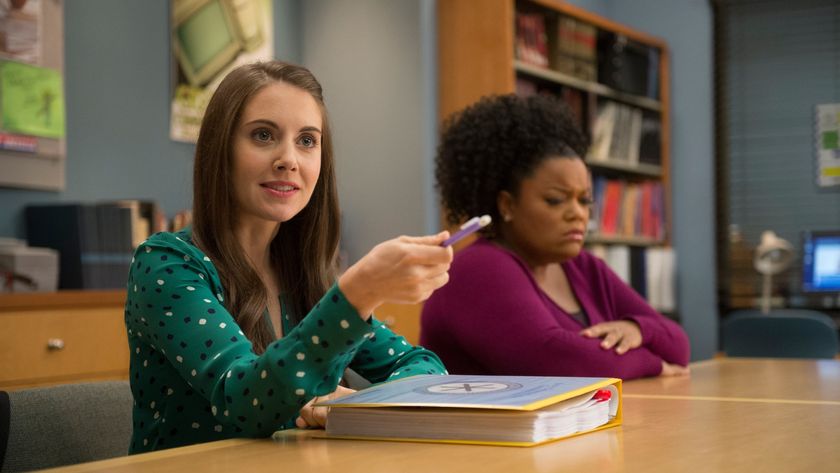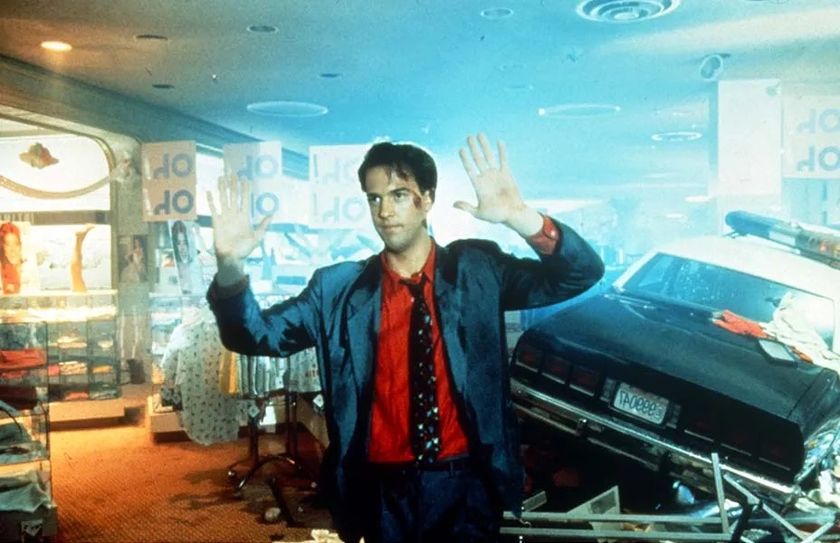Hisense's 100-inch 4K laser projector could totally replace my TV
The Hisense L9G 4K Laser TV looks like the ultimate replacement for a regular TV
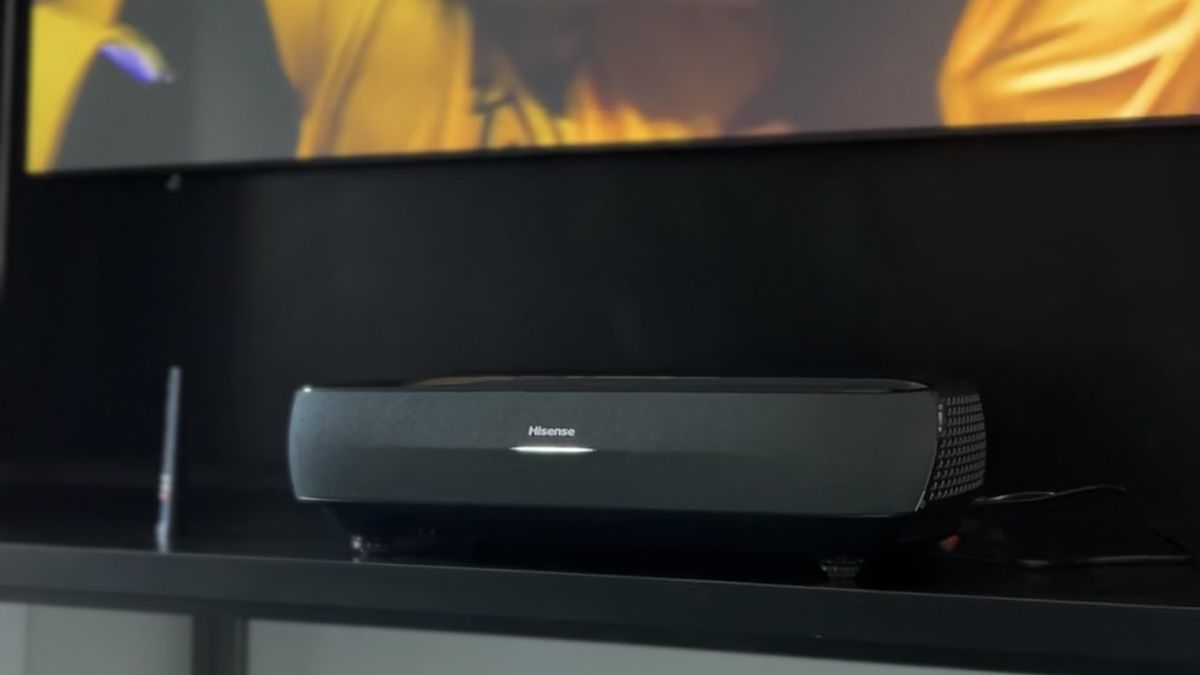
While many of the best TVs have blown me away in terms of picture performance, sound quality and even smart features, there’s a universal setback — size. While it’s true that TV manufacturers are growing panels to sell the ultimate home theater experience, the largest TVs you can buy at Best Buy or other retailers is between 85 and 88 inches.
Of course, there’s the 97-inch LG G2 OLED TV and Samsung’s massive Micro LED TVs, but both are special order and neither come cheap. If you’re looking for a screen around 100-inches, a projector is the way to go. A projector even stopped me from buying a TV not too long ago.
But after seeing the Hisense L9G 4K Laser TV, I’m further convinced of what projectors can offer in place of regular TVs. This short-throw projector is made to be placed close to the wall, altering the geometry of the projected image so that despite the positioning the picture appears as a normal rectangle on the wall or projection screen.
You can get a sense for how it works in the TikTok below. If you follow Tom's Guide on TikTok, you'll get a first look at many the TVs we go hands-on with.
@tomsguide ♬ loverboy - <3
There are quite a few short-throw projectors out there, but not as many branded Laser TVs like Hisense’s. For a projector to be considered a Laser TV, it must be able to be watched during daytime as well as nighttime. The internal light source within must also last at least 20,000 hours without brightness deteriorating. That’s about as long as a normal TV should last, so a Laser TV wouldn’t be used a temporary replacement for the best OLED TVs or best QLED TVs — it would be your TV.
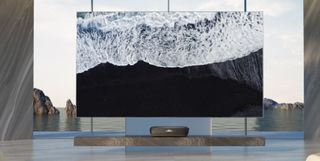
I could totally see myself using the Hisense L9G 4K Laser TV in my living room, maximizing wall real estate for watching shows, movies and live sports on the largest screen possible. In fact, I caught part of a soccer match on it, and was impressed by the sharp image quality and maintained brightness despite viewing in a naturally-lit room. The L9G promises 3,000 lumens brightness.
Not only that, the 40-Watt Harman Kardon speakers with Dolby Atmos filled the room with sound. Unlike how traditional flat TV panels have limited sound abilities, making the best soundbars relevant, the L9G audio performance is excellent without external speakers.
Sign up to get the BEST of Tom's Guide direct to your inbox.
Get instant access to breaking news, the hottest reviews, great deals and helpful tips.
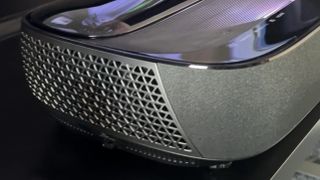
Perhaps my biggest hold-up is price. The 100-inch Hisense L9G 4K Laser TV costs $5,499, while it also comes in a 120-inch configuration for $5,999. That's actually more expensive than LG's short-throw projectors, making the L9G the most premium of all the Hisense 2022 TVs (including the Hisense U8H Mini LED TV I also demoed.)
But when you consider how the largest configurations of the best Samsung TVs, best LG TVs and top Sony TVs can cost that much, it doesn't seem unreasonable for what's essentially a 100-inch TV. The 83-inch LG G2 OLED TV costs $6,499, while the 85-inch Samsung 4K Neo QLED TV QN90B costs $5,000 and the Samsung 8K Neo QLED QN900B costs $8,500. In other words, a big TV is going to cost you anyway, so maybe you might as well get the largest screen possible for the price. As long as it fits in your living room, that is.
Kate Kozuch is the managing editor of social and video at Tom’s Guide. She writes about smartwatches, TVs, audio devices, and some cooking appliances, too. Kate appears on Fox News to talk tech trends and runs the Tom's Guide TikTok account, which you should be following if you don't already. When she’s not filming tech videos, you can find her taking up a new sport, mastering the NYT Crossword or channeling her inner celebrity chef.
